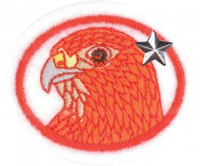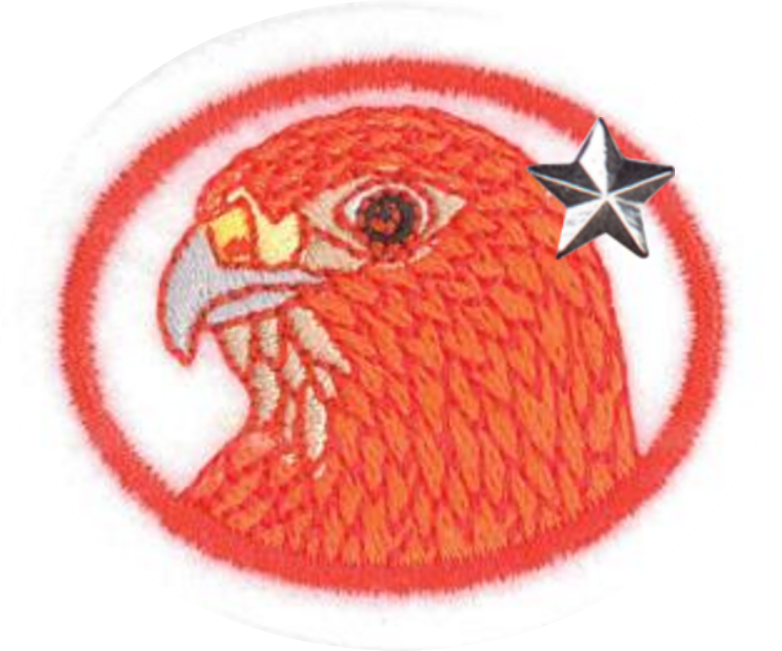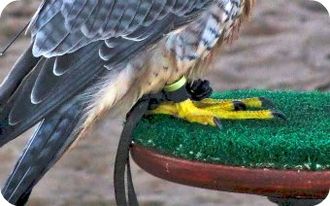AY Honor Raptors - Advanced Answer Key
Skill Level
3
Year
2015
Version
21.12.2025
Approval authority
North American Division
1
2
2a
- Smaller species begin breeding at an earlier age than larger species.
- Small hawks, falcons, and harriers usually start to breed at one to two years.
- Soaring hawks, kites, and large falcons breed at two or three years.
- Ospreys begin breeding at three or more years.•
- Large eagles usually start to breed at four to nine years, and vultures up to 12 years
About 90% of raptors are monogamous (one male mating with one female) and forming a “pair bond”.
Larger raptors keep the same mate for several years. They tend to require larger territories and if they must make efforts to attract new mates annually, they would be unable to defend the amount of space they need for feeding.
- Bald Eagles
- Osprey
- Barn Owls
- Re-tailed Hawks
Being monogamous doesn’t mean they mate for life. Other raptors have a different mate each year. Some raptors have different nest threats that make long term bonds and multiple broods a necessity if their species are to survive. A few species of raptors are polygynous (when a male mates with more than one female at a time or a female mates with more than one male. Some polygynous raptors are:
- Harriers
- Boreal Owl
For breeding pairs that stay on their territory year round the breeding season is marked by an increase in aerial displays and the male and female spending more time together around the nest site.
Diurnal birds of prey breed during the time of the year when food is most available for raising young. They usually lay eggs in spring or early summer but the actual months differ depending on geographic location.
Each species usually lays its eggs at the same time each year.
Most diurnal raptors establish territories and breed in the same general area where they were hatched and raised.
Most owl species, especially those found in temperate or sub-Arctic regions, breeding occurs during the spring. Variations of breeding schedule may correspond to the weather, food abundance, and competition from other owls, disease and availability of a mate.
2b
The requirement uses the wrong term for 'hatching' of chicks, which is not properly discribed as a 'birth'. Birth is a mammal term.
Most raptors raise one brood per year. If the first clutch (group of eggs) fails, the raptor pair may lay another replacement clutch.
Most species lay from one to four eggs, but if food is plentiful, some owls may lay as many as a dozen. The larger Raptors seldom lay more than two eggs. The Black Vulture lays only one. Eggs are laid over several days. Small species lay an egg once every two days while large species lay an egg once every three to five days.
Small falcons, hawks and harriers usually lay 4-6 eggs in a clutch. Large falcons and hawks lay three to four eggs. Small kites lay three to five eggs. Large kites, hawks, caracaras and ospreys lay two to three eggs. Eagles and small vultures lay one to two eggs. Large vultures and condors lay only one egg per clutch.
Owls lay 1-13 eggs depending on the species, usually 3 or 4 are more common. The eggs are rounded and white. During incubation eggs are rarely left alone. Incubation of eggs usually begins when the first one is laid and lasts, in most species, about 30 days.
- Raptor eggs vary greatly in size, shape, color and texture.
- The female keeps the eggs warm until they hatch while the male does the hunting for both of them.
- Incubation period can last 23, 45 or even 60 days. There is usually a longer incubation time for the larger birds like the eagle and vulture.
- The chicks break the shell with the help of a tooth on the tip of their beak that they lose soon after being born.
- The babies are born covered with a fine, soft down. Feathers do not appear for a few weeks. They are defenseless and depend on their parents for a long time. Baby vultures stay in the nest the longest time and do not take flight until they are four months old.
2c
- Baby raptors
- may be referred to as chicks or hatchlings.
- Baby owls
- are owlets
- Baby eagles
- are called eaglets
- Baby hawks and falcons
- are eyas (ahy-uhs)
2d
Raptors are excellent parents. So other predators won’t find their chicks, eagles carry eggshells and food debris away from the nest. Owls vigorously defend their nests.
3
3a
Falconry is the use of trained birds to catch prey.
3b
The bird wears:
- A hood, which is used in the manning process (acclimatising to humans and the human world) and to keep the raptor in a calm state, both in the early part of its training and throughout its falconry career. Out of all the falconer's aids the hood is the most important piece of equipment. There are various styles and types of hood for raptors within falconry. The hood is handmade, often from kip leather or suitable kangaroo leather.
- A bell, or pair of bells, on its legs (attached via small leather strips called bewits), which can be heard from a fair distance.
- An identity band on the leg, in most countries.
- Strips of strong leather called jesses on both legs.
- Very often, a telemetry transmitter, so that it may be recovered if lost during free flight.
Falcons (the long-wing family of raptors) are tethered perched on a block; large owls (during training only), short-winged and broad-winged hawks are tethered to a bow perch or round perch, when not allowed to fly free in their mews, an Old English word for a raptor's chamber. (The term is "mews" whether singular or plural; the word "mews" came from French muer = "to change" or "to molt", i.e. where the hawk was kept while it was molting.)
A weighing scale is used to weigh the bird and its food. The scale must be reliable.
Gauntlets or gloves are used by the falconer to turn the arm into a suitable perching surface. Falconry gloves may only cover the fist and wrist, while gauntlets for larger species extend to the elbow. An eagle glove may cover the entire arm and a portion of the chest, or it may be a heavy sheath worn over a standard hawking glove. The glove will have to be replaced with wear.
A creance is a long light line which is tied to the swivel or jesses. This is used only when training the bird to fly between a perch and the fist, as an assurance that the bird will not be lost in these early stages. The end away from the bird is most often wound around the spindle like a kite string; the creance can be wound or unwound with a single hand. This provides a means of storing the creance, and also provides a drag weight if the bird decides to fly off.
3c
No one knows for certain when and where the practice of falconry began except that it started centuries ago, probably some 1000 years before Christ. It was practiced in Mongolia at a very remote period and was introduced in Europe around 400 AD. In 680, Chinese records describe falconry. In 4th century BC, gold coins picture Alexander the Great with a hawk on his fist.
Falconry was a popular sport and status symbol among nobles of medieval Europe. In Europe the “Goshawk was called the ‘Cook’s Hawk’ because it could catch so many things for the table including rabbit, hare, pheasants, partridge, pigeon, grouse etc.” By the 1800's the sport had declined in Europe but by the 1920 and 30’s it surged again. The first large falconry association, The Peregrine Club, was established in the USA (disbanded in WWII). The Peregrine Fund was established in 1970.
Today falconry continues to be practiced worldwide, although banned in Australia and the Scandinavian countries, with about 50% of the world’s falconers existing in the Middle East and Arab region. Falconry today is not only for sport but falconers are committed to conservation. Falconers played a large part in the recovery efforts of the Peregrine Falcon.
Today there are regulations in place so that only birds in stable and plentiful status are the used. In the US, becoming a falconer is a long process involving state and federal licensing, an exam, facility inspections and a minimum of two years as an apprentice.
Falconry was used as a status symbol:
| King | Gyrfalcon, either male or female |
| Prince | Peregrine Falcon |
| Duke | Rock Falcon |
| Earl | Tieral Peregrine |
| Baron | Bastarde Hawk |
| Knight | Saker |
| Squire | Lanner |
| Lady | female Merlin |
| Yeoman | Goshawk or Hobby |
| Priest | female Sparrow hawk |
| Holy water clerk | male Sparrow hawk |
| Knaves, servants, children | Kestrel |
Noted falconers include:
- King Harold Godwinson II, (1022-1066) who is depicted in The Bayeux Tapestry with a falcon and hounds on his visit to William of Normandy. He was the son of Earl Godwin of Wessex and Gytha sparkling. In 1053 his father died and he became the Earl of Wessex.
- Kublai Khan (1215-1294) was a falconer. Marco Polo wrote of him, “takes with him full 10,000 falconers and some 500 gerfalcons, besides peregrines, sakers and other hawks in great numbers, and goshawks able to fly at water-fowl…” of Mongolia practiced falconry for food and for sport between battles.
- King Richard the Lionhearted (1157-1199) took his birds with him into the Crusades. When he was captured, a part of his ransom was two of his white gyrfalcons
- Mary, Queen of Scots (1542-1587), during her imprisonment, was allowed to fly a Merlin from her window. Mary was the Queen of Scotland. Her father was King James V of Scotland. She was imprisoned in Loch Leven Castle on June 15 1567 and forced to abdicate in favor of her one year old son, King James VI. She was found guilty of treason and executed July 24 1567.
- Field Marshall Herman Goering (1893-1946). Commander-in-Chief of the Luftwaffe, President of the Reichstag and Prime Minister of Prussia, controlled five government falcon centers during the Hitler period when falconry in Germany was taken over by the government.
4
4a
Raptors are birds and most birds migrate. As with all birds, each species has variations.
Twice a year, many raptors migrate, especially the diurnal raptors. Some owls, such as the snowy owl, migrate south in the winter.
The Short-eared Owls living in cold regions are migratory but their migration is irregular and nomadic. Short-eared owls appear to concentrate where prey is abundant.
In the extreme northern portions of their range, Great Horned Owls will migrate if there is a shortage of prey in winter, but if food is available, migration is minimal.
Migratory raptors spend the spring and summer in northern areas where they nest and rear their young. During the winter, the raptors fly to more southern latitudes where food is more abundant. They spend the fall and winter there before returning to the north.
How do raptors migrate? Migrating raptors depend on thermals and updrafts to help them in their migration.
- Thermals
- The sun heats the surface of the Earth unevenly and warm air rises like bubbles in boiling water. Raptors gain altitude by soaring up in a thermal.
- Updrafts
- In mountainous areas, wind blows across the earth's surface and then upward giving raptors enough lift to soar for many miles.
Diurnal Raptors migrate during the day. The raptors that rely mostly on soaring do not start their migration until strong thermals begin to form after 8 am. Most migrate south from July through January. To spot hawks and eagles during migration put yourself in the raptor’s roadway (leading lines).
- Leading Lines
- Raptors often follow geographical features such as coastlines and mountain ridges as they migrate.
- Obstacles
- Raptors do not like to fly over water because there are no thermals
For more information on thermals, updrafts, leading lines and obstacles, see hawkwatch.org.
4b
4c
5
See requirement 6 of the standard level for more information.
6
We present some data here showing images of the raptor's and their ranges. It's up to you to combine this data into a world map.
Pathfinders are encouraged to use their own imaginations on how to present this information, but one option would be to print this image of the world map onto a sheet of paper, glue photographs of various raptors to it, and outline the range of each with a different colored marker.
It should be noted that raptors are completely absent from Antarctica.
| Cooper's hawk (Accipiter cooperii) | |
|---|---|
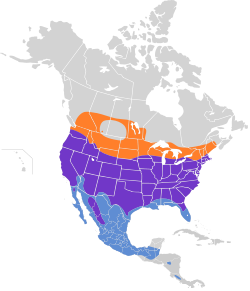
|
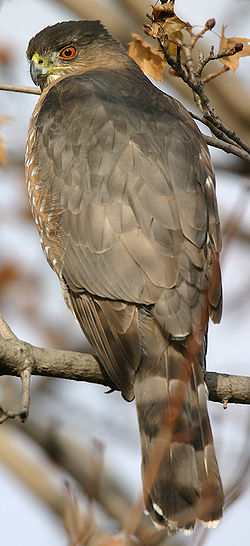 |
| Red-tailed hawk (Accipiter jamaicensis) | |
|---|---|
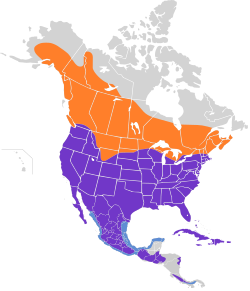
|
 |
| Bateleur Eagle (Terathopius ecaudatus) | |
|---|---|
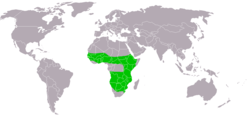
|
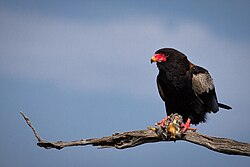 |
| Harris's hawk (Parabuteo unicinctus) | |
|---|---|

|
 |
| Bald Eagle (Haliaeetus leucocephalu) | |
|---|---|
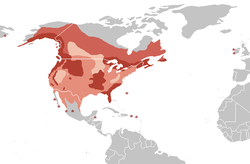
|
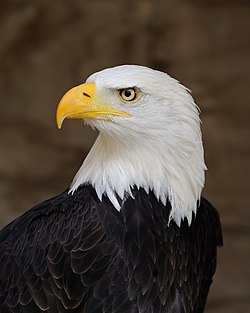 |
| Harpy Eagle (Harpia harpyja) | |
|---|---|
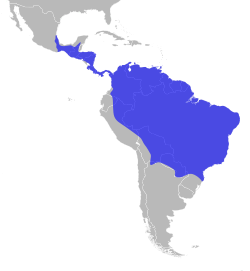
|
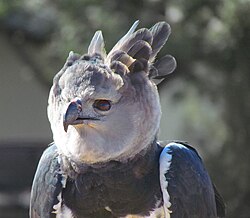 |
| Eurasian Sparrowhawk (Accipiter nisus) | |
|---|---|
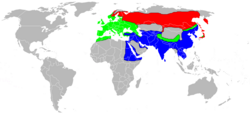
|
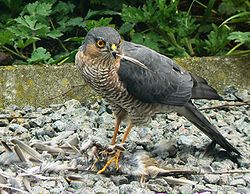 |
| Montagu's harrier (Circus pygargus) | |
|---|---|
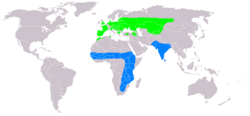
|
 |
| White-bellied sea eagle (Haliaeetus leucogaster) | |
|---|---|
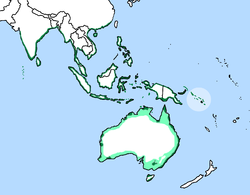
|
 |
| Pacific Baza (Aviceda subcristata) | |
|---|---|
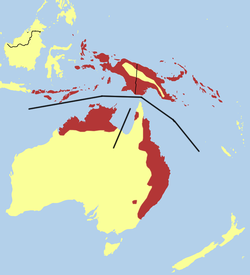
|
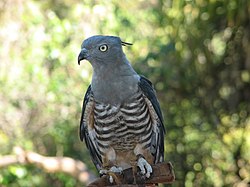 |
| Hen Harrier (Circus cyaneus) | |
|---|---|
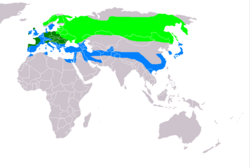
|
 |
| Eleonora's Falcon (Falco eleonorae) | |
|---|---|
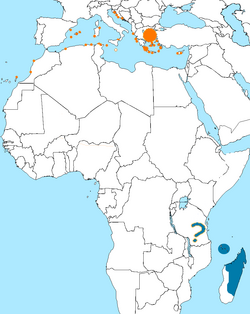
|
 |
7
7a
7b
7c
7d
7e
7f
7g
7h
